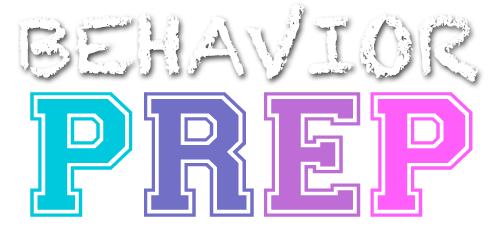G.3 Design and evaluate time-based reinforcement (e.g. fixed time) schedules.
Designing and evaluating time-based reinforcement schedules (also known as fixed-time schedules) involves reinforcing at set time intervals, regardless of the behavior that occurs. These schedules reduce problem behaviors by delivering reinforcement consistently without requiring a specific response from the individual. Evaluation ensures that the reinforcement schedule is effective in achieving behavior change.
Example: A BCBA works with a child who frequently engages in aggressive behaviors to get attention. To reduce this behavior, the BCBA implements a fixed-time reinforcement schedule, where the child receives attention every 5 minutes, regardless of their behavior. This helps reduce the child’s need to engage in aggression to gain attention because they receive it on a predictable schedule. The BCBA monitors the child’s behavior to evaluate whether the fixed-time schedule reduces aggressive behaviors and adjusts the schedule to maintain progress.
